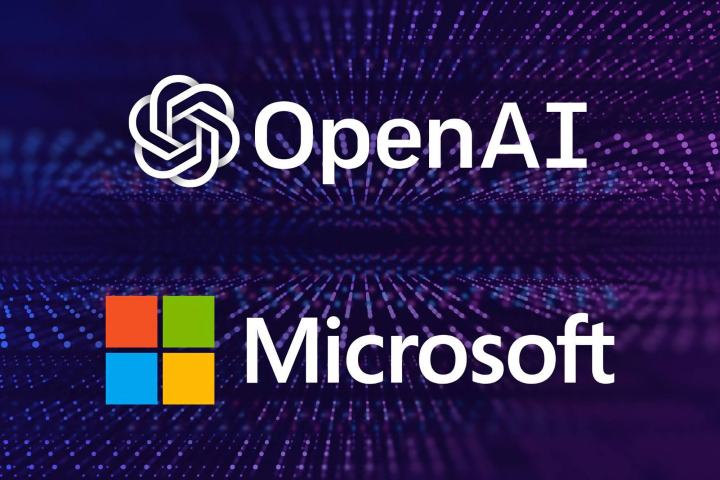Microsoft’s race to integrate ChatGPT into its products took some big steps forward today.
As per an announcement from Microsoft, OpenAI technology is officially coming to Teams Premium, while a new recent report suggests that a new version of ChatGPT, based on an updated GPT-4 model, might supercharge Bing search soon.

So, what can you do in Teams Premium now? Well, Microsoft’s blog post pointed out that a good example of usage is the intelligent recap feature to create meeting notes. Speaker timeline markers identify who spoke at a particular time in a transcript. Live translations are also possible. These AI tools are rolling out now and the Teams Premium subscription price has been lowered to $7 per month.
The report about Bing, though, is even more interesting. The current version of ChatGPT is based on a generative model called GPT-3.5, and the next version, GPT-4, is expected to be much faster. That would be critical for its reported use in Bing search.
Even though Google search is a clear leader, Bing still handles a large amount of traffic and is the default search engine on Windows. Keeping response times quick will be critical if Microsoft integrates ChatGPT with Bing, making GPT-4 is an important milestone. How exactly this could transform search is still yet to be seen, but considering how natural the language is, it’s not hard to imagine how this could revolutionize the way search engines function.
However, neither Microsoft nor OpenAI have announced that Bing will use ChatGPT, so the Semafor report is still just a rumor for now.
For those wanting long-form writing assistance in Microsoft Word, that is possible with an add-in called Ghostwriter. Windows Central spotted this clever upgrade that might speed up or expand your writing. More details are available on the developer’s website. Just remember: whenever you use AI-generated text, it’s important to check the facts and watch out for misunderstandings. In the near future, rereading will become more important than ever before hitting send.
We’re expecting this story to continue to evolve over the coming weeks, especially following up on its competitor Google moving to AI after its layoffs.
Editors' Recommendations
- The best ChatGPT plug-ins you can use
- GPT-4 vs. GPT-3.5: how much difference is there?
- OpenAI needs just 15 seconds of audio for its AI to clone a voice
- New report says GPT-5 is coming this summer and is ‘materially better’
- We may have just learned how Apple will compete with ChatGPT




